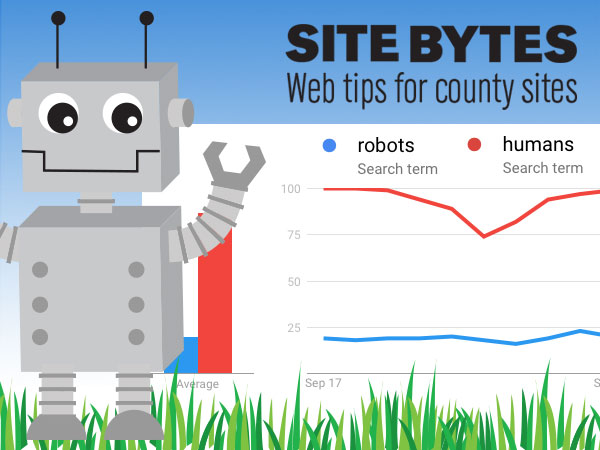
Google Trends is a tool that helps you determine which search terms are the most popular and which way their popularity is trending — up or down. When a term generates a spike in search traffic in relation to other searches over a given period of time, it's identified as a trend. Following trends can help you pick a topic for your next article or tweet.
If you have several topic ideas, you can use trends to identify which one currently has the most interest. Google trends can compare your topics and display a graph that represents the interest and popularity of each term over time. For example, when finding a topic for this article, I compared "google trends", "google analytics" and "google adwords". Although "google analytics" and "google adwords" were more popular searches, interest in "google trends" was rising, while interest in the other two was falling.
You can apply filters to narrow trend results for your terms by region. For example, you can display only the results for searches in Nebraska. You can also narrow your results by time period, category and the type of search such as web, image, news and YouTube.
If you want to know which searches are popular right now, you can click "Trending Searches" in the Google Trends menu. You can view "daily search trends" or "realtime search trends" to see what people are interested in the most. For example, the daily search trends for Saturday, October 13 show Nebraska football in the #4 spot with 200K+ searches.
Clicking "Top Chart" in the Google Trends menu breaks out search trends into defined categories. In March 2017 giraffes where trending in the US in the animal category. If you Google "giraffes march 2017" you'll find major news outlets wrote stories about how millions of people watched a live feed of April the giraffe giving birth in a New York zoo.
###
Site Bytes is a regular column in Nebraska Extension – Keeping Up that provides quick tips for enhancing your county website. Written by Anne Holz, IANR Media web strategist.